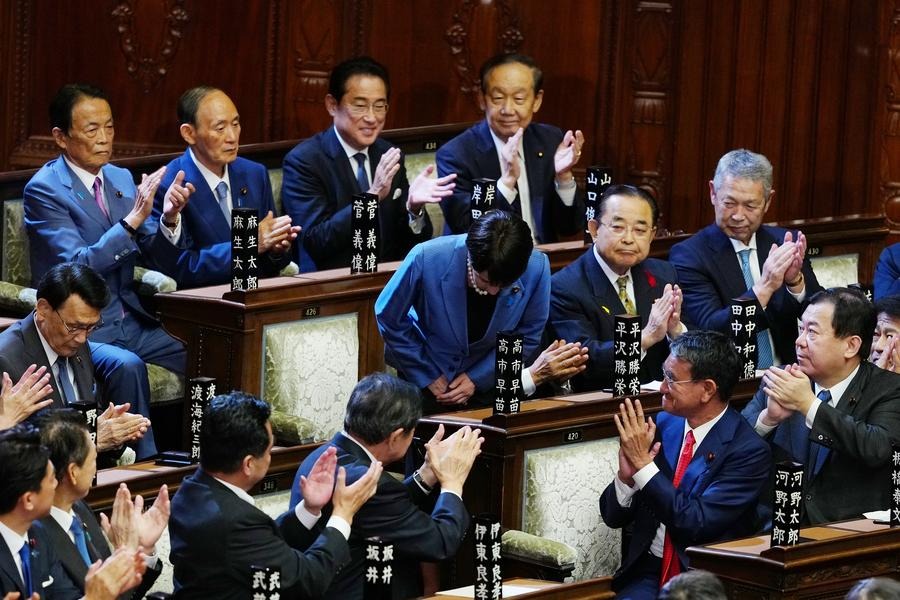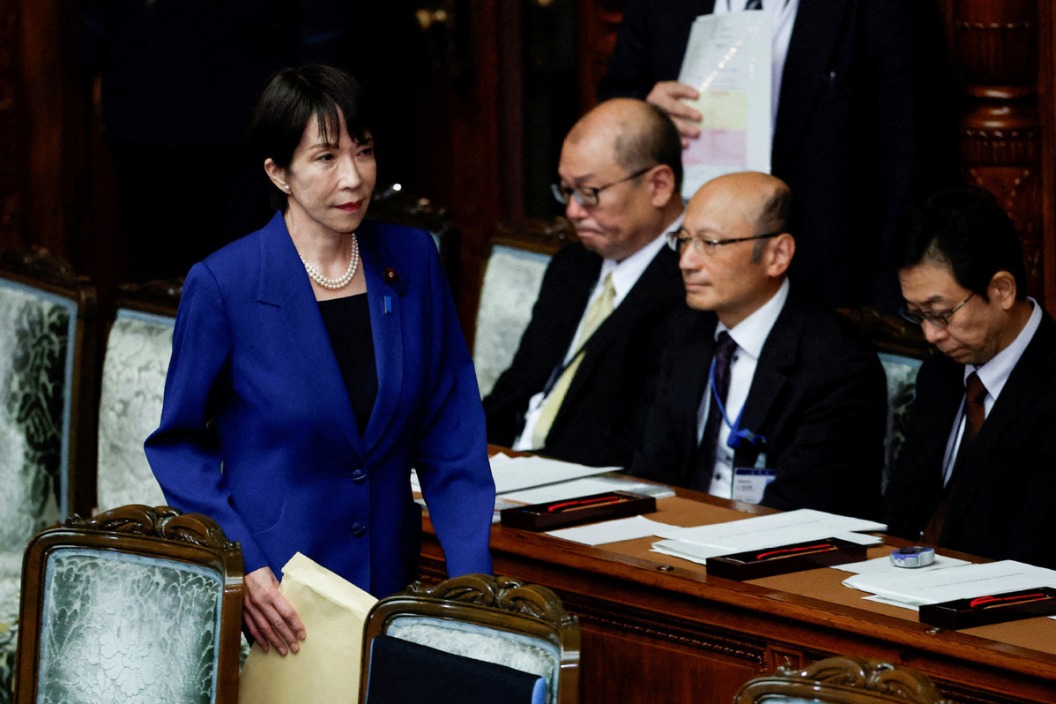China Puzzle calls for reconstruction of theoretical framework


Nowadays, nearly nobody would question the continuous and rapid economic growth of China in the past four decades. But many people, including Chinese and foreign scholars, think that the financial development in China is at a low level. This China Puzzle seems contradictory to the well-accepted view that financial development and economic growth always go hand in hand.
The China Puzzle is mainly due to the direct or inappropriate application of Western economic theories or measures to China with the unique cultural, economic and institutional environment. For example, the level of financial development is commonly measured by the ratio of credit extended to the private sector through banks and financial markets to GDP (gross domestic product). This measure would underestimate the level of financial development in China, as multiple forms of ownership coexist with State ownership as the mainstay in China.
In the United States, today's mainstream ideology believes that private ownership and market mechanism are more efficient, and thus private ownership should be preferred to public ownership. Therefore, private ownership is prevalent in all sectors of the US economy. In the US, private jails, prisons, and detention centers are common. Even the US central bank-the Federal Reserve System, is a cooperative of private banks, and not to mention other industries.
Consequently, the private sector accounts for the largest portion of the US economy with the absolute majority of contributions to the GDP of the US. Therefore, it is natural that the ratio of credit extended to the private sector through banks and financial markets to GDP in the US would be high or the measurement correctly reflects the level of financial development in the US. Moreover, financial development and economic growth are closely (positively) correlated in the US.
In China with different economic and institutional environment, State ownership is one of the main pillars of the economy. Side by side with the rapid development of private enterprises, State-owned (or controlled) enterprises contribute as high as 40 percent of the GDP in China.
Although the financial systems in China develop normally and facilitate the economic growth successfully, the ratio of credit extended to the private sector through banks and financial markets to GDP tends to underestimate the financial development in China as the measure ignores the credit extended to State-controlled enterprises or public sector as the major contributor of the Chinese GDP. This underestimation is the main reason for the China Puzzle.
As the China Puzzle may have severe policy consequences, some scholars attempt to offer various explanations for the low level of financial development in China. For example, the Chinese banking system is dominated the by Big Four State-controlled banks and the lending by these banks would be biased in favor of State-owned enterprises and against private businesses.
Coupled with the inherent inefficiency of State ownership, the banking system in China allocates financial resources inefficiently. This view in essential overlooks the fundamental drawback in the measure of the level of financial development, directly copies stereotype on the inefficiency of State ownership from Western economics, and thus it is inevitably biased (detailed discussions are beyond the scope of this article).
In summary, the fact is there is no China Puzzle but the measure of financial development is not universal, or not valid for China, and thus underestimates the level of financial development in China. Moreover, the efficiency of State ownership should be analyzed in details and in separate cases, and it is not scientific to generally label State ownership as inherently inefficient. Of course, this does not mean that there is no room for the banking systems and State-controlled enterprises to improve in China. On the contrary, they should strive to identify and fix weaknesses, and only in this way could they survive in today’s fierce competitive environment. Again, detailed discussions are beyond the scope of this short article.
The China Puzzle is just an example to demonstrate the imminent task of reconstructing the theoretical framework for better understanding of the economic phenomena in China. The direct application of the economic theories developed for the Western economies would not work well to explain and guide the economic practices in China, and this approach is vividly described by Chinese saying as "cutting the feet to fit the shoes". At this historical moment of time, the economists of our generation should shoulder the responsibility to clarify facts, explain reasons, formulate objective and applicable economic concepts, and develop economic theories in line with the unique context of China or "socialism with Chinese features".
Wilson Li is a professor and Tina He is an associate professor with Division of Business and Management, BNU-HKBU United International College.
The views don't necessarily reflect those of China Daily.
If you have a specific expertise, or would like to share your thought about our stories, then send us your writings at opinion@chinadaily.com.cn, and comment@chinadaily.com.cn.


































